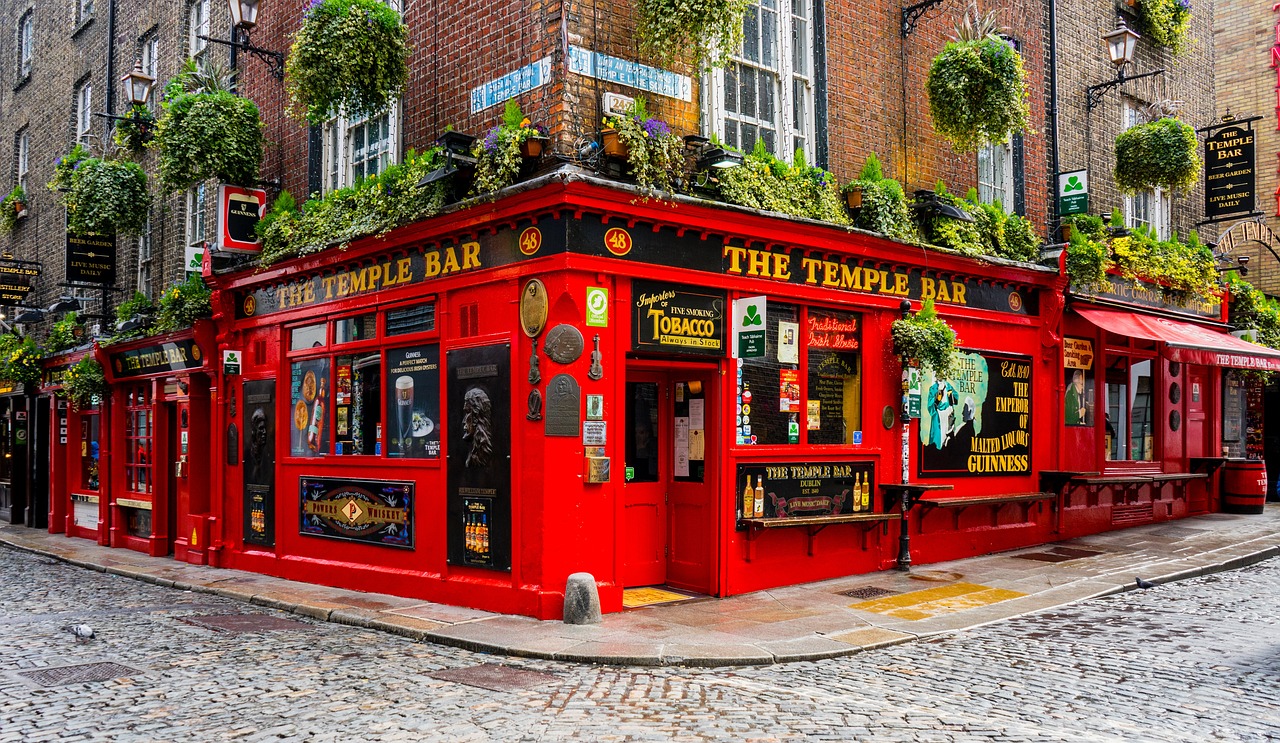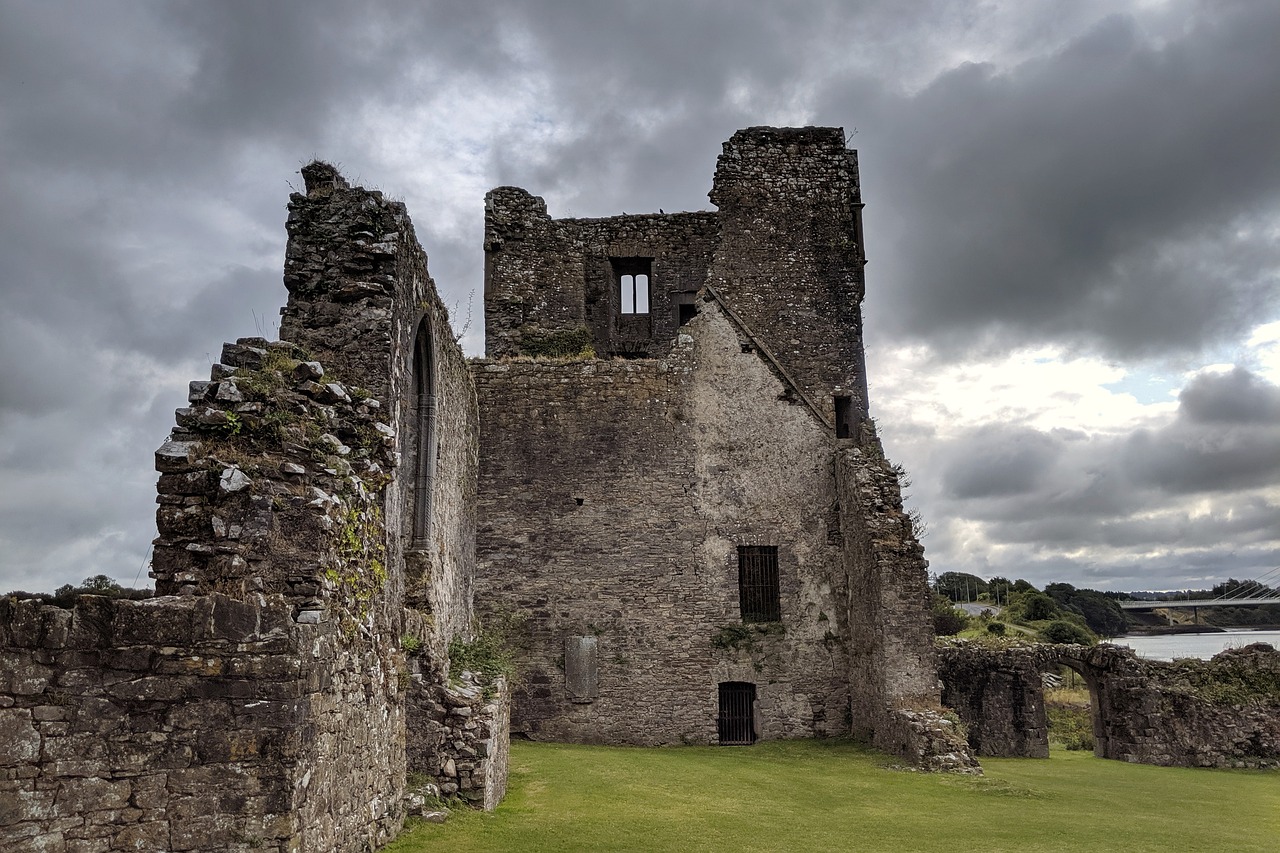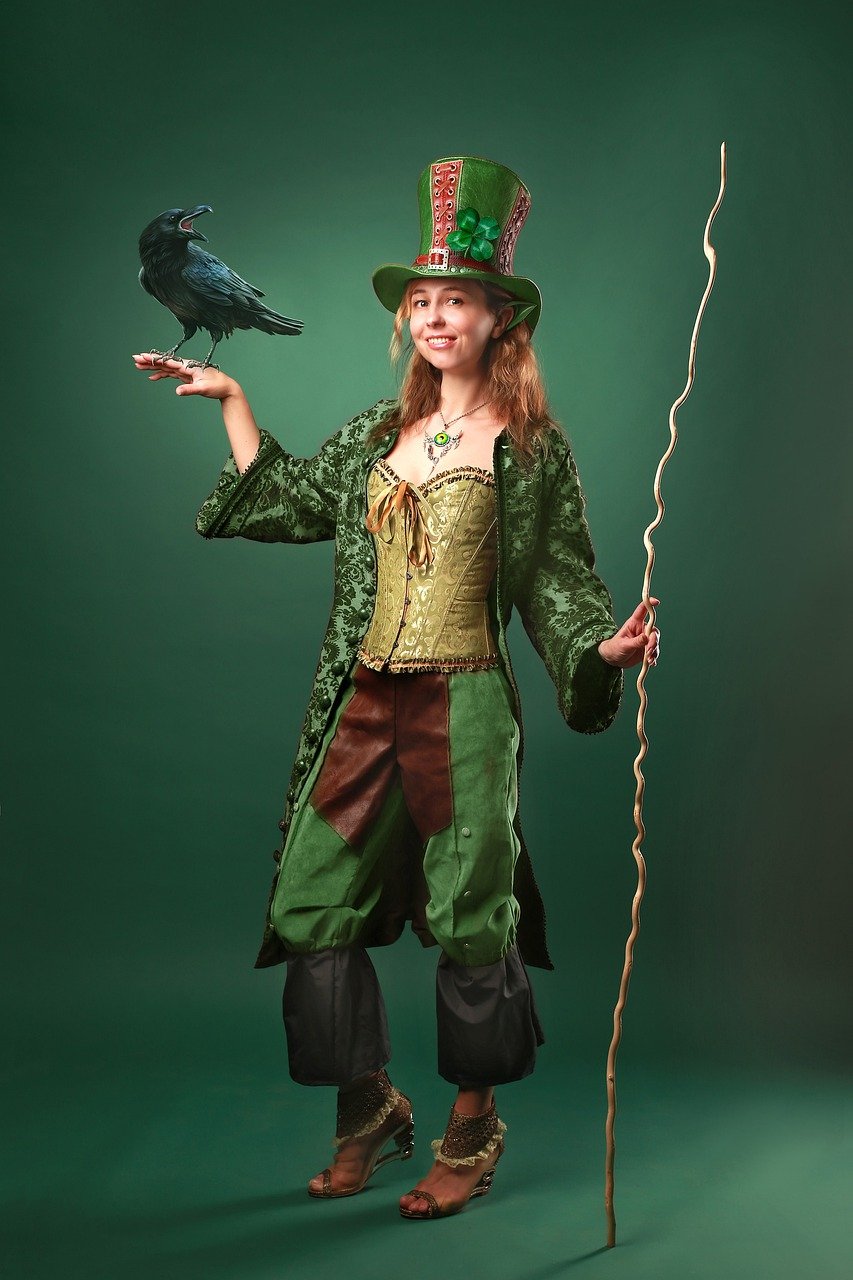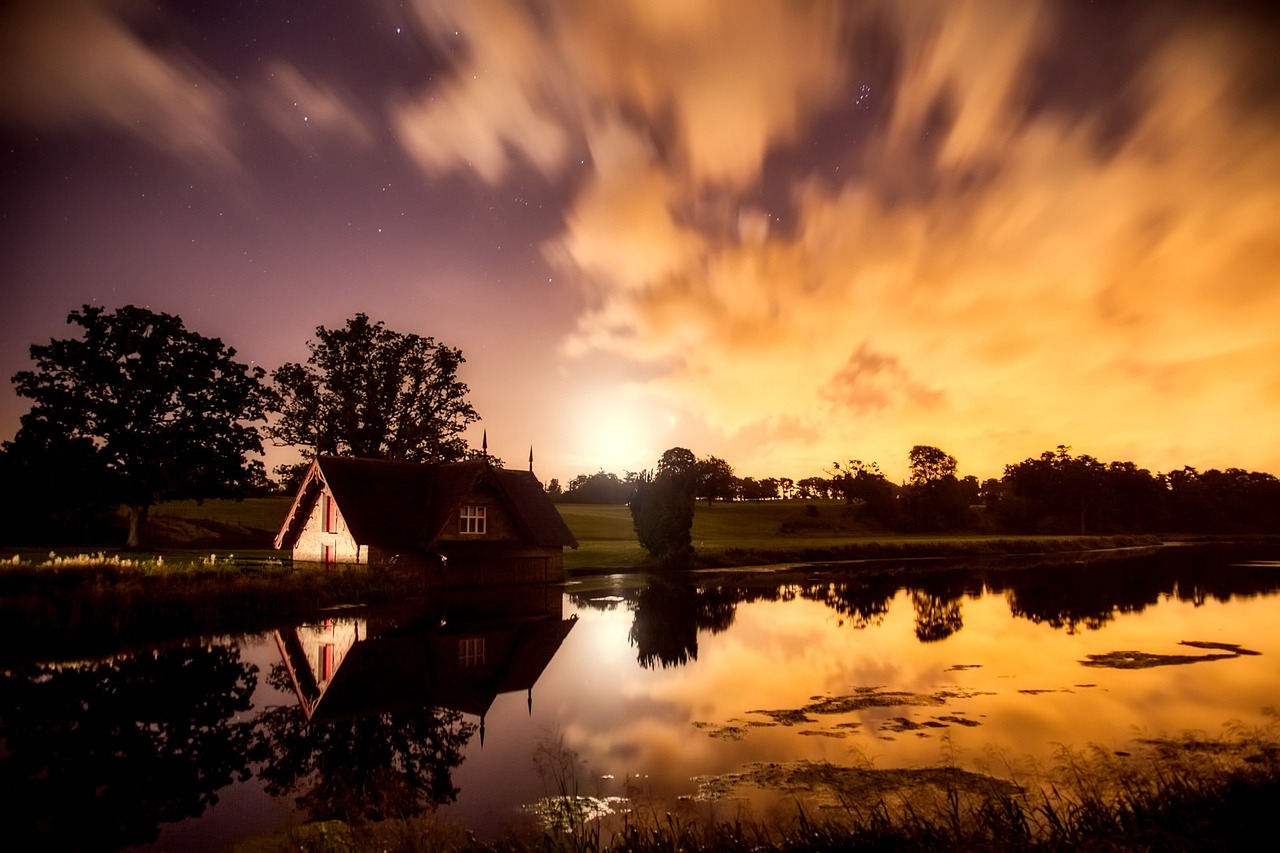Weathering Ireland: Seasonal Changes and What to Expect
Ireland is a country known for its beautiful landscapes, rich history, and unpredictable weather. The climate in Ireland is influenced by the Atlantic Ocean, which brings mild temperatures and abundant rainfall throughout the year. The country experiences distinct seasonal changes, each with its own unique weather patterns. In this article, we will explore the four seasons in Ireland and what you can expect during your visit.
Spring
Spring in Ireland spans from March to May, and it is a time when the country starts to come alive after the winter months. The average temperatures range from 8 to 12 degrees Celsius (46 to 54 degrees Fahrenheit). Here are some key features of the spring season in Ireland:
- Flora and Fauna: Spring is a vibrant time in Ireland, with colorful flowers blooming and trees regaining their leaves. You can expect to see daffodils, bluebells, and cherry blossoms in full bloom.
- Weather Conditions: Spring weather in Ireland is changeable, with a mix of sunny spells, rain showers, and cool breezes. It’s advisable to pack layers and a waterproof jacket to be prepared for any weather conditions.
- Festivals and Events: Springtime in Ireland is marked by various cultural and sporting events. St. Patrick’s Day, celebrated on March 17th, is the most famous festival, with parades and celebrations taking place across the country.
- Outdoor Activities: Spring is an excellent time for outdoor activities such as hiking, cycling, and exploring the countryside. The longer daylight hours provide ample time to enjoy the scenic beauty of Ireland.
Summer
Summer in Ireland lasts from June to August and brings warmer temperatures and longer days. The average temperatures range from 15 to 20 degrees Celsius (59 to 68 degrees Fahrenheit). Here’s what you can expect during the summer season:
- Sunshine and Rain: Summer in Ireland can be a mix of sunny days and occasional rain showers. It’s advisable to carry a light rain jacket or umbrella for unexpected showers.
- Beach and Coastal Activities: With its stunning coastline, summer is the perfect time to enjoy Ireland’s beaches. Popular activities include swimming, surfing, and coastal walks.
- Music Festivals: Ireland is renowned for its music festivals during the summer months. From traditional Irish music festivals to larger-scale events, there is something for every music lover.
- Outdoor Exploration: Summer offers ideal conditions for exploring Ireland’s national parks, hiking trails, and historical sites. The longer daylight hours provide ample time to soak in the natural beauty of the country.
Ireland Image 1:

Autumn
Autumn in Ireland spans from September to November and brings cooler temperatures and changing colors. The average temperatures range from 10 to 14 degrees Celsius (50 to 57 degrees Fahrenheit). Here are some highlights of the autumn season:
- Fall Foliage: Autumn is a magical time in Ireland when the landscapes transform into a kaleidoscope of colors. The foliage turns shades of gold, red, and orange, making it a perfect time for scenic drives and walks.
- Mild Weather: Autumn weather in Ireland is generally mild, with occasional rain showers. It’s advisable to carry a light jacket or sweater to stay comfortable outdoors.
- Harvest Festivals: Autumn is the season of harvest, and many towns and villages in Ireland celebrate with food and agricultural festivals. You can sample local produce, enjoy traditional music, and experience the warm Irish hospitality.
- Historical Sites: Autumn is an excellent time to explore Ireland’s historical sites and ancient ruins. The mild weather and fewer crowds make it easier to immerse yourself in the country’s rich history.
Winter
Winter in Ireland lasts from December to February and brings colder temperatures and shorter days. The average temperatures range from 3 to 8 degrees Celsius (37 to 46 degrees Fahrenheit). Here’s what you can expect during the winter season:
- Chilly Weather: Winter in Ireland can be cold and damp, with frequent rain showers and occasional snowfall in some regions. It’s important to pack warm clothing, including a waterproof jacket and layers.
- Festive Atmosphere: Winter in Ireland is synonymous with Christmas festivities. Towns and cities are adorned with lights, and Christmas markets offer a magical experience with traditional food, crafts, and entertainment.
- Indoor Attractions: With the colder weather, winter is an ideal time to explore Ireland’s indoor attractions such as museums, art galleries, and cozy pubs. You can immerse yourself in Irish culture, history, and traditional music.
- Festivals and Events: Winter brings various festivals and events, including New Year’s celebrations and traditional Irish music sessions. It’s a time when locals and visitors come together to celebrate and embrace the Irish spirit.
Ireland Image 2:

Conclusion
Ireland’s weather is ever-changing, and each season offers its own unique experiences. Whether you visit during the vibrant spring, sunny summer, colorful autumn, or festive winter, Ireland’s beauty and charm will captivate you. It’s important to pack accordingly and embrace the unpredictable nature of the weather. With its stunning landscapes, rich history, and warm hospitality, Ireland is a destination that can be enjoyed year-round.
Ireland Image 3:

References
– Met Éireann: www.met.ie
– Tourism Ireland: www.tourismireland.com
– Discover Ireland: www.discoverireland.ie
– Ireland.com: www.ireland.com

